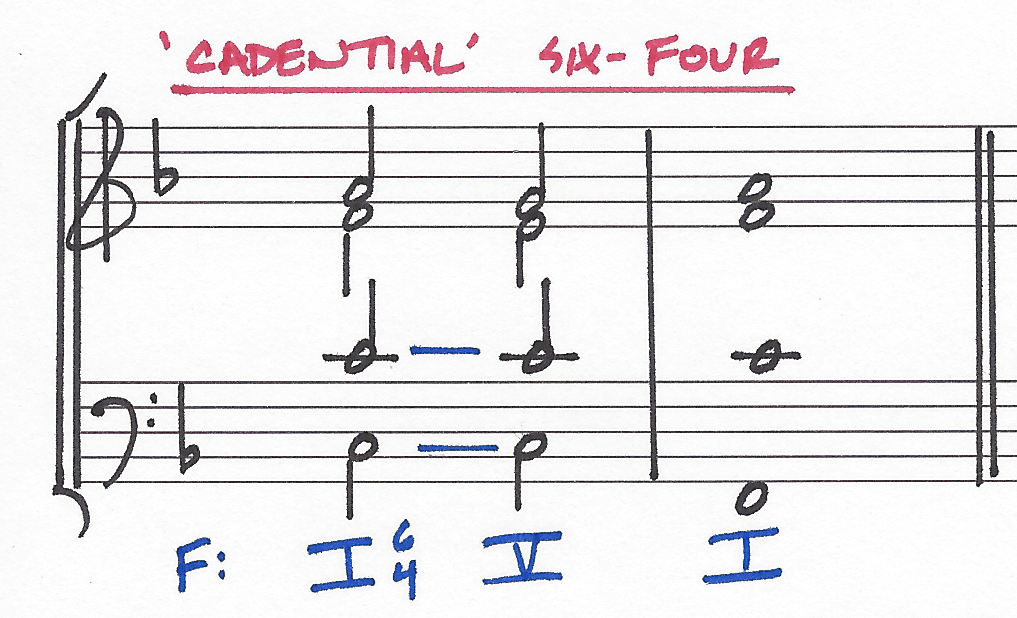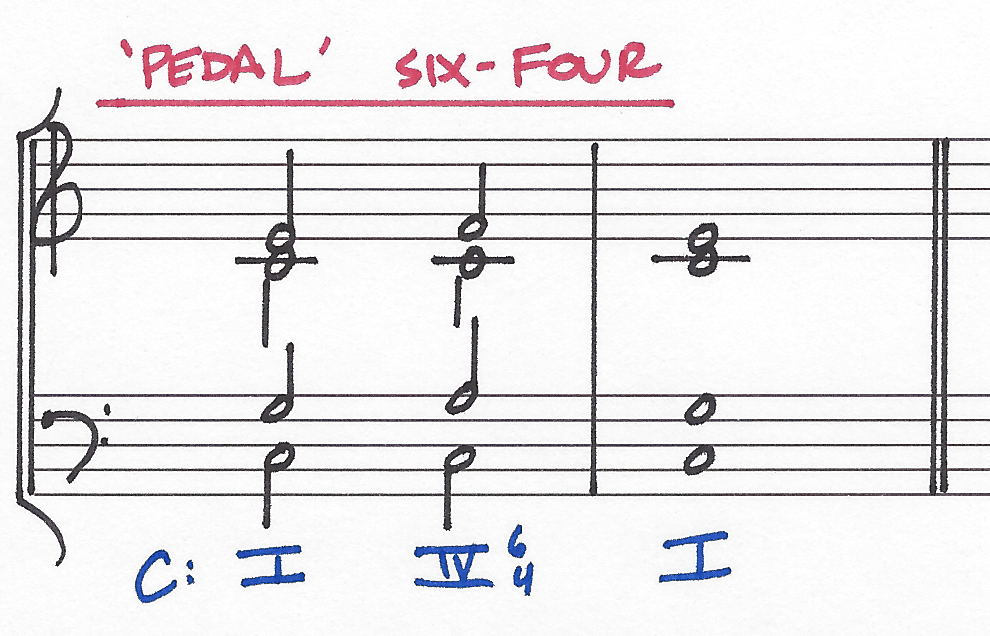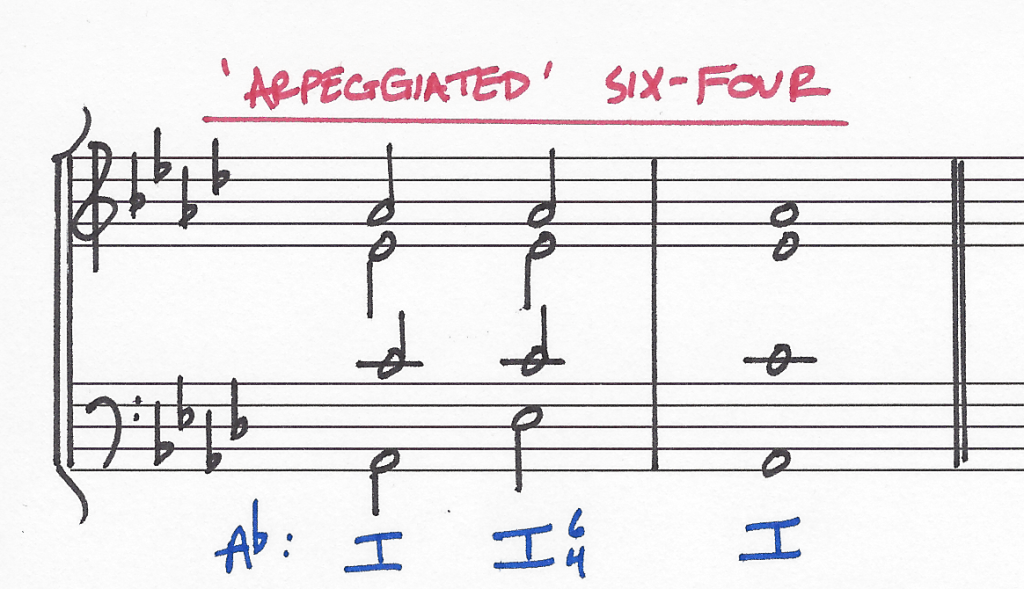Why Inversions?
- Vary the sound of harmonies.
- Vary the harmonic “weight” of chord resolutions.
- Reduce the “clunkiness” of the bass line and improve voice leading.
First Inversion
Doubling
In major and minor triads, double any voice except sensitive tones (leading tone, altered tones). This is almost always a doubled bass or soprano voice. Consider the problems involved with doubling the alto and tenor voice:
- Limited motion in and out of chord.
- Potential for voice crossing.
- Potential octave+ between soprano and alto.
In diminished and augmented triads, double the third. In first inversion, this is the bass voice.
Additional Guidelines
All of the guidelines for root position chords still apply to chords in first inversion. In addition, consider the following:
- The motion to and/or away from the bass voice should be stepwise.
- Leave doubled tones in contrary or oblique motion.
Second Inversion
Chords in second inversion were considered more dissonant during the Common Practice Period. Because of this, they were so uncommon that they can be grouped into one of four contexts.
When writing triads in second inversion, double the bass voice.
Cadential Six-Four
In a cadential six-four chord, a I chord in second inversion immediately precedes the V chord of an authentic cadence. It has the following features:
- The bass voice and voice doubling the bass note remain stationary, while the other voices resolve down by a step.
- The I in second inversion should be metrically stronger than the resolution to V.
- It usually occurs immediately before a cadence.


Passing Six-Four
A passing six-four chord is usually a V chord that bridges a I chord into a I chord in first inversion. It has the following features:
- The bass voice and doubling voice resemble passing tones (remember movement in contrary motion to avoid parallel P8).
- It is usually metrically weak.
- The doubling voices ‘pass’ in opposite directions and resolve to one another’s original notes.


Pedal Six-Four
When the bass voice functions as a pedal note, while upper voices move to neighboring tones and back, it creates a pedal six-four chord. It has the following features:
- The bass voice and doubling voice remain stationary (pedal points), while the other voices move to neighboring tones and back.
- It is usually metrically weak.
- It often occurs as a I or IV chord.


Arpeggiated Six-Four
In an arpeggiated six-four, the bass moves by leap, usually from tonic to dominant. It has the following features:
- The upper voices remain stationary while the bass voice moves.
- It is usually metrically weak.
- It often appears as a I or V chord.



Leave a Reply